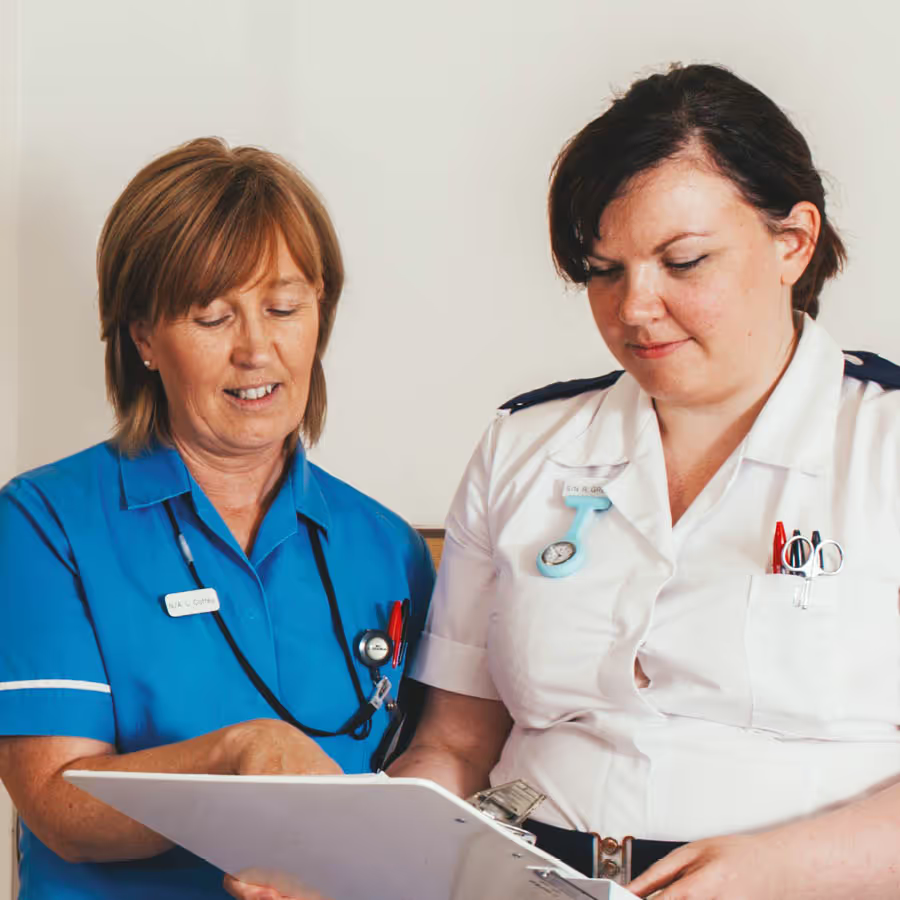Menu

Surgical
Endoscopy procedures, including colonoscopy and gastroscopy, provide a safe and effective way to diagnose and sometimes treat digestive conditions—helping detect issues like cancer, ulcers, and gastrointestinal disorders early for better outcomes.

An endoscopy is a nonsurgical procedure that utilises a flexible tube equipped with a light and camera to view the patient's digestive tract. It provides your doctor with a close inspection of your digestive system enabling them to diagnose, and sometimes treat, underlying conditions. It is an invaluable diagnostic tool for many gastrointestinal disorders.
There are several potential reasons why you may require a endoscopy. If you're experiencing symptoms like abdominal pain, chest pain, nausea, heartburn, vomiting, difficulty swallowing, or bleeding in the digestive tract, an endoscopy might be recommended. It's also a common to have a follow-up.
Your endoscopy commences with a pre-procedure consultation. During this meeting, your physician will extensively explain the process and address any questions or concerns you might have. This isn't just a formality; understanding every aspect of the procedure can greatly relieve any anxiety you may be experiencing.
After your consultation, you'll be prepared for the procedure. This usually involves fasting for a certain period beforehand and may include the administration of a mild sedative to keep you relaxed during the procedure. This usually makes you drowsy, but awake enough to respond to instructions. Once you're ready, an expertly trained endoscopist will use a specialised instrument called an endoscope to examine your digestive tract. Rest assured, the team at the Ulster Independent Clinic is committed to providing a seamless and virtually painless experience for every patient.
A colonoscopy is a crucial health procedure which is performed to explore the insides of your colon. It's primarily used to detect colon cancer early on, but it's also effective in identifying a variety of other gastrointestinal problems.
A colonoscope, a long and flexible tube with a small camera attached at the end, is used to view the internal lining of your colon. This procedure is an outpatient one, which means, you could go home on the same day.
It's normal to feel some level of anxiety but having a clear understanding of the procedure can make the experience less daunting. During the procedure, the doctor carefully inserts the colonoscope into your rectum and moves it around your colon to identify any abnormalities. If polyps are found, they are usually removed on spot to prevent them from turning cancerous.
After the procedure, you might feel a little bloated or get cramps in your abdomen. This is usually because of the air pumped into the colon during the procedure. However, these discomforts are temporary and should dissipate in a few hours. It's advised that you have someone who can take you home after the procedure as you will need some rest to recover.
A Gastroscopy is an advanced diagnostic procedure that provides a detailed view of the upper gastrointestinal tract.
Gastroscopy is a vital tool for detecting a range of conditions. Its effectiveness lies in its ability to visualise not just the stomach, but also the oesophagus and the beginning of the small intestine.
Symptoms: Some common symptoms that might require a gastroscopy include persistent abdominal pain, chronic heartburn, unexplained weight loss, persistent nausea or vomiting. Additionally, it helps in diagnosing gastrointestinal conditions like gastritis, stomach ulcers, or conditions like Hypothyroidism, which can indirectly affect your gastrointestinal tract.
Leading up to the procedure, you may have a series of appointments where a medical professional will walk you through what to expect and how to prepare. As a patient, adult or child, you may be required to fast for a number of hours to ensure an empty stomach for improved visibility during the procedure.

Have a query?
Why not check out our FAQ’s were you will find answers to many previously asked questions.

3
Lorem ipsum dolor sit amet, consectetur adipiscing elit, sed do eiusmod tempor incididunt ut labore et dolore magna aliqua.















